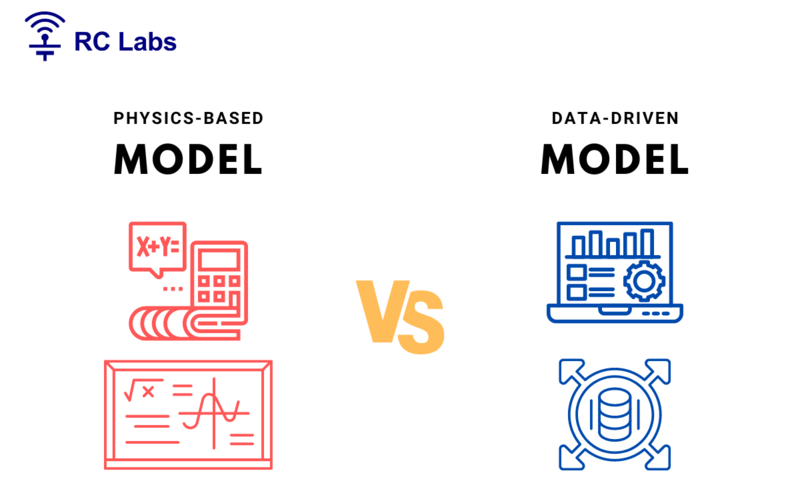Enhancing Battery management systems – Physics-based or Data-driven model?
As the demand for battery management modeling increases with the growth of the Electrical Vehicle (EV) industry, the choice between physics-based and data-driven approaches has become a crucial decision for developing accurate battery diagnostics estimation.
Physics-model based approach
The physics-based approach involves using complex mathematical equations formulated from domain knowledge to estimate battery performance, while the data-driven approach models battery diagnostics directly from observable signals. While physics-based models have traditionally been used for battery performance analysis, they have limitations in capturing all the complex factors that influence battery behavior over time. In contrast, data-driven approaches can learn from large volumes of battery data and identify patterns that would be difficult for humans to detect, providing a more comprehensive understanding of battery behavior.
Data-based approach
Although machine learning techniques have been employed in data-driven approaches, deep learning has shown great potential for modeling the nonlinearity of battery physics and chemistry reactions. This approach eliminates the need for manual feature engineering and produces precise estimations. Furthermore, by exploring and interpreting the model derived from battery signals, the complex higher-dimensional relationships among the variables could be analyzed quantitatively, leading to a better understanding of the ground truth physics. This understanding allows for iterations to be made to physical models, which can optimize battery management systems and battery performance.
Towards enhanced battery management system
Integration of physics-based and data-driven approaches could enhance the accuracy of battery diagnostics estimation and help test and create optimal battery management systems for EVs, ensuring safe operation and prolonging battery lifespan. This integration could also reduce massive manufacturing costs, bring down the overall adoption cost of electric vehicles, and enable engineers to create more performance-optimized battery systems.
In conclusion, both physics-based and data-driven approaches have their advantages and limitations, and integration of the two approaches could play an important role in advancing the frontier of green transportation to the next level.

